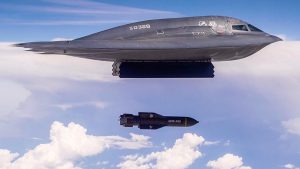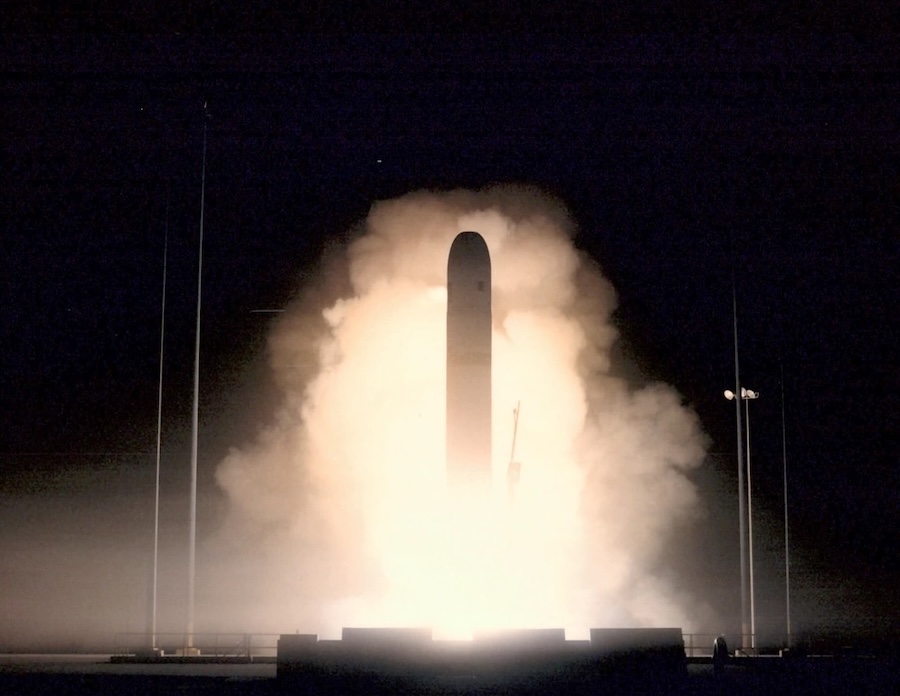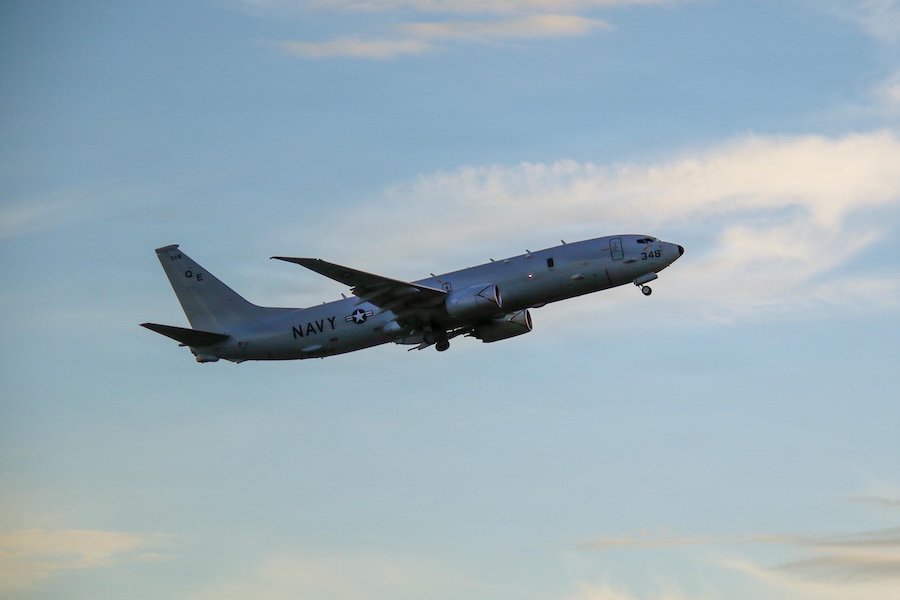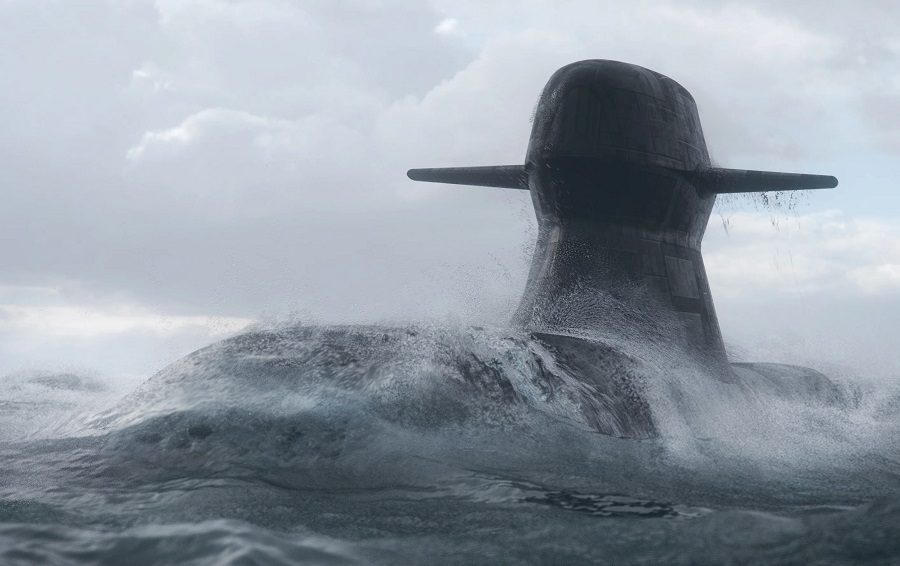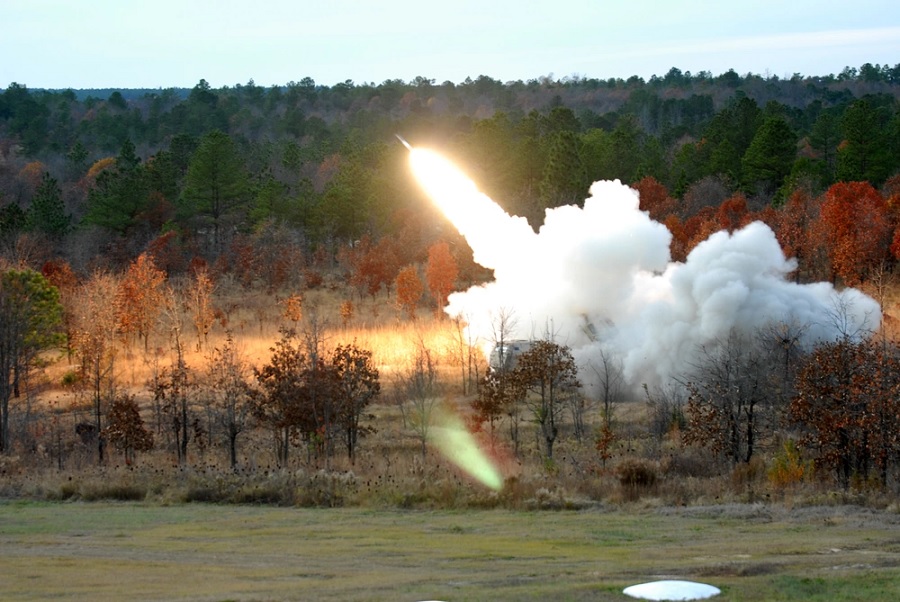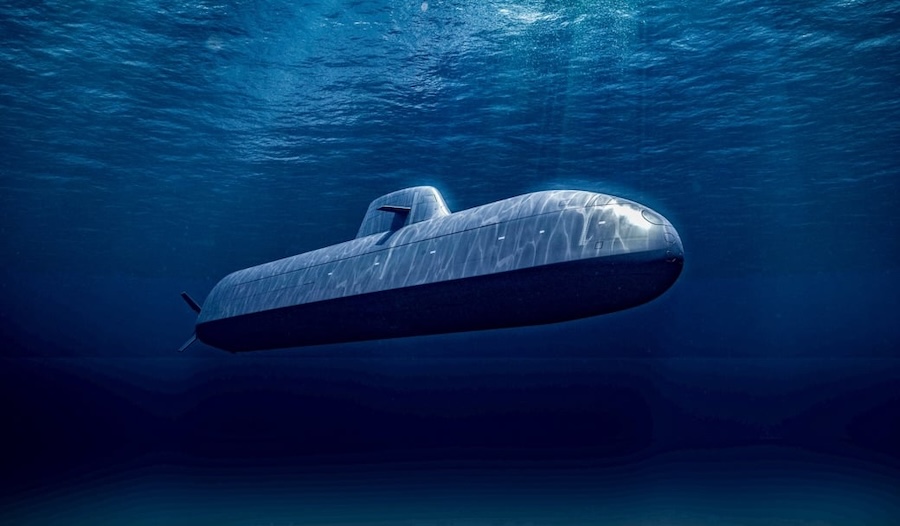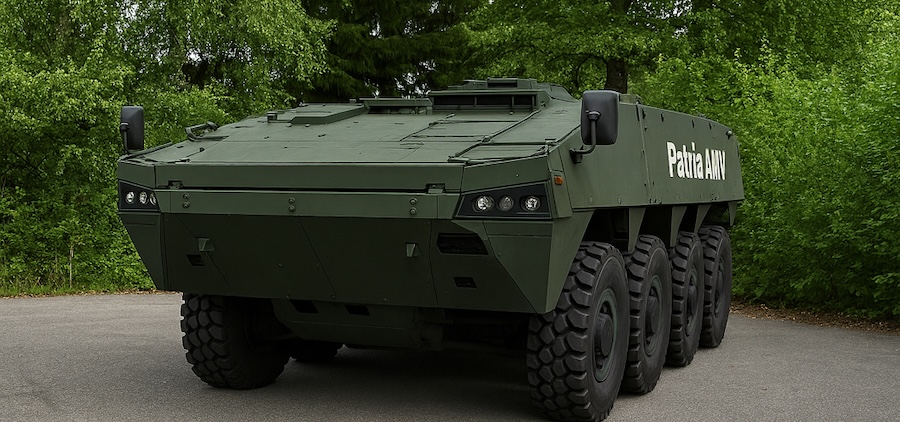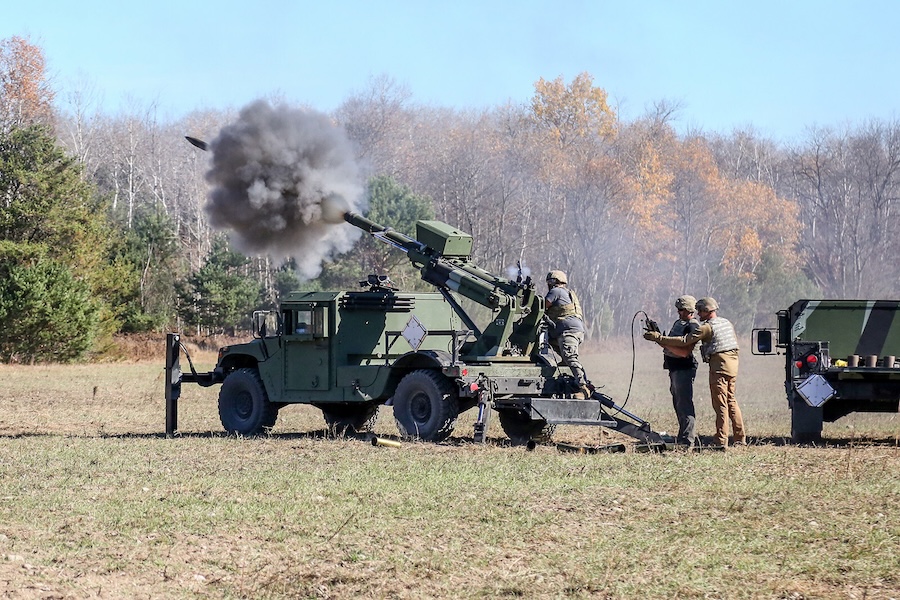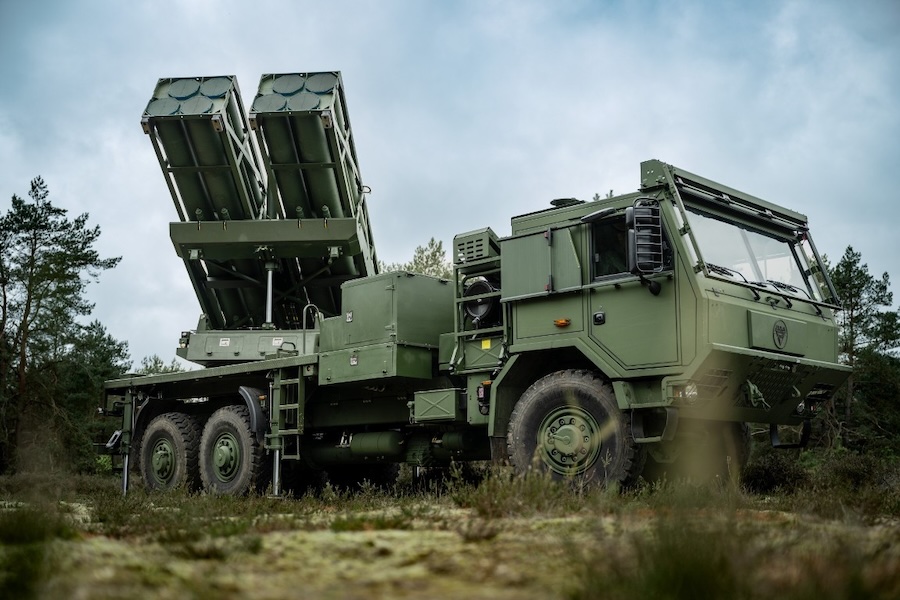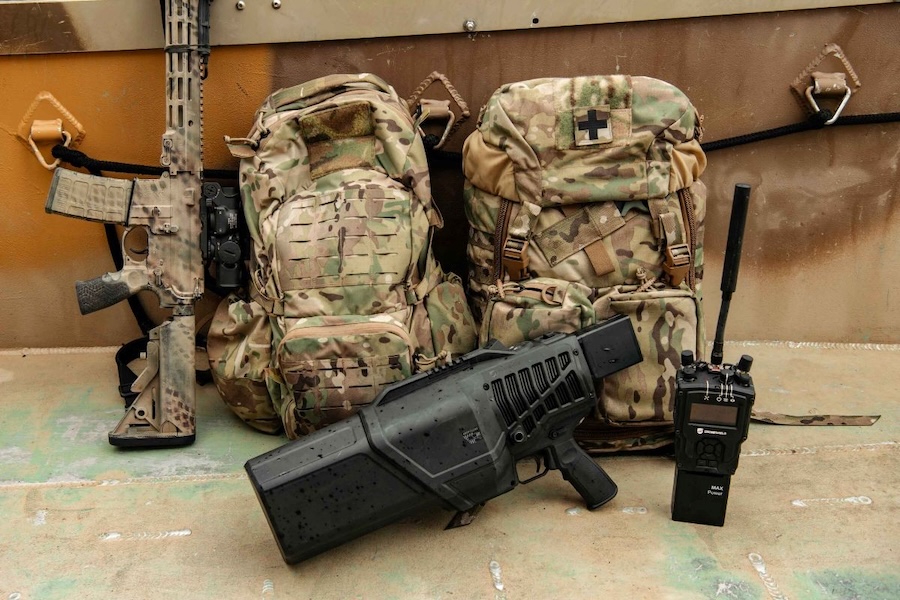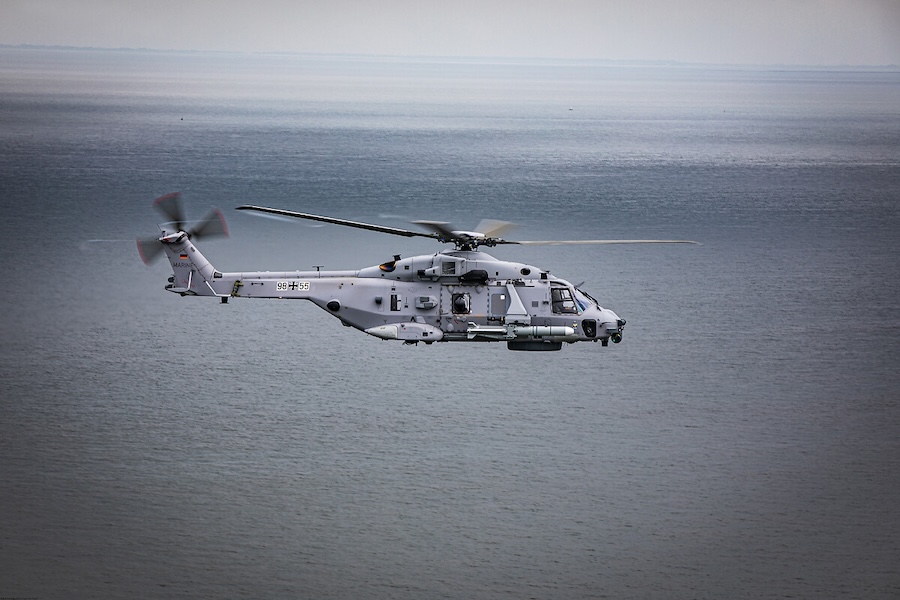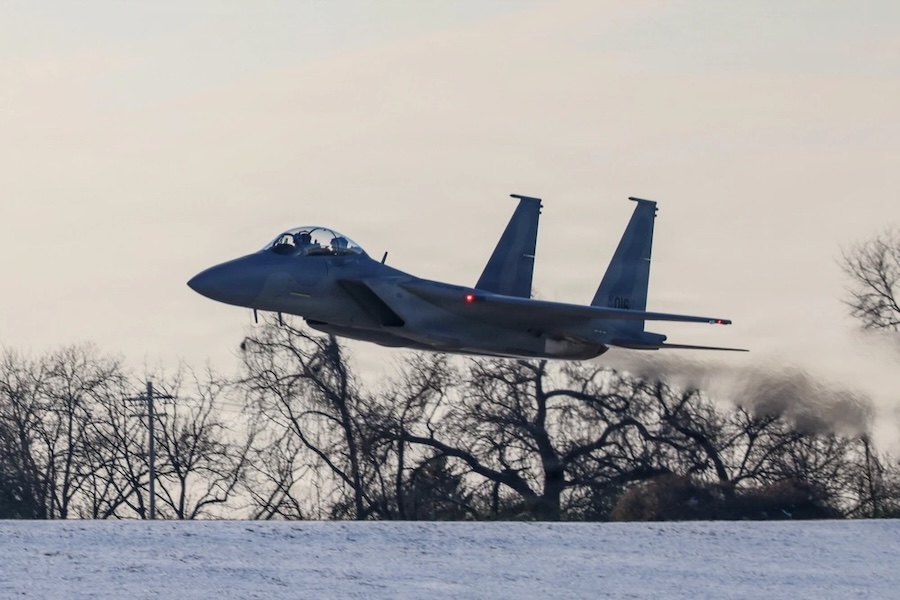ARA announced that it will “produce and test sub-scale and full-scale prototype munitions” capable of striking “hard and deeply buried targets that pose critical challenges to U.S. national security.” The company has entered an exclusive partnership with Boeing, which developed and built the MOP, to provide the NGP tail kit and support design integration.
“We are honored to continue supporting AFLCMC with innovative solutions that advance their mission. The ARA-Boeing Team has unique expertise, and this award emphasizes the trust that AFLCMC EBD places in ARA’s proven capabilities and long-standing commitment to excellence,” said ARA President and CEO Rob Sues.
The new programme stems from a March 2024 request for information in which the Air Force sought concepts for “a prototype penetrator warhead design capable of defeating Hard and Deeply Buried Targets.” The request specified designs of less than 22,000 pounds, making the NGP about two-thirds the size of the MOP and potentially deployable on more platforms.
Currently, only the B-2 bomber is certified to carry the MOP, while the smaller B-21 is expected to have reduced payload capacity. The request also set requirements for 2.2-metre accuracy 90 percent of the time, multiple effects including blast, fragmentation and penetration, and possible integration of embedded fuze technology.
The Air Force called for a “feasible and affordable technology demonstration event in an accelerated 18-to-24-month timeframe,” consistent with the ARA contract. It also suggested the delivery of about 10 sub-scale and three to five full-scale prototype warheads in that period, though the specific numbers covered by ARA’s agreement have not been disclosed.
ARA did not reveal the value of the contract. However, budget documents show the Air Force requested $120.8 million for NGP development in fiscal year 2025 and $73.7 million in 2026, with spending on design, development and testing planned through 2027.
Over the past decade, ARA has played a central role in every large penetrating weapon system fielded by the U.S. Air Force, validated through rigorous testing and operational deployment. The company provides physics-based digital engineering, validated models, navigation and guidance solutions, advanced prototyping processes and supplier networks to deliver low-risk systems that meet performance and schedule requirements.
Founded in 1979 in Albuquerque, New Mexico, ARA employs more than 2,300 staff in the U.S. and Canada. The company works across national defence, energy, homeland security, aerospace, healthcare, transportation and manufacturing, offering a broad range of scientific and engineering expertise.









